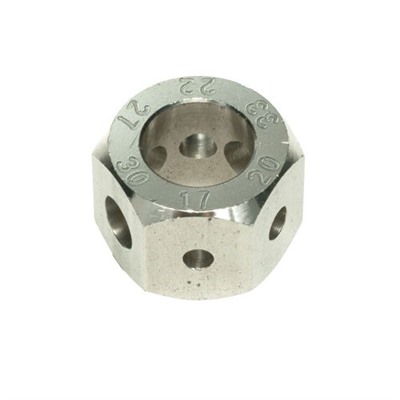You are over sizing your brass. Check barrel chamber head space before going forward.
Cave man method. (you gotta start somewhere)
Back off on the die a half turn. Size a piece of fired brass and test. Do this until the bolt closes turning very small amounts. A little is a lot here as one complete turn of the die is about .072".
Marksman method.
Get a case gauge and size to fit Like a Lyman or L E Wilson.
RCBS Micrometer case gauge
Hornady LnL Case Head Space Gauge (requires a dial caliper with good resolution on the dial like .100 per rev.)
Sinclair's (HH nut) Case Comparitor






 Reply With Quote
Reply With Quote






Bookmarks